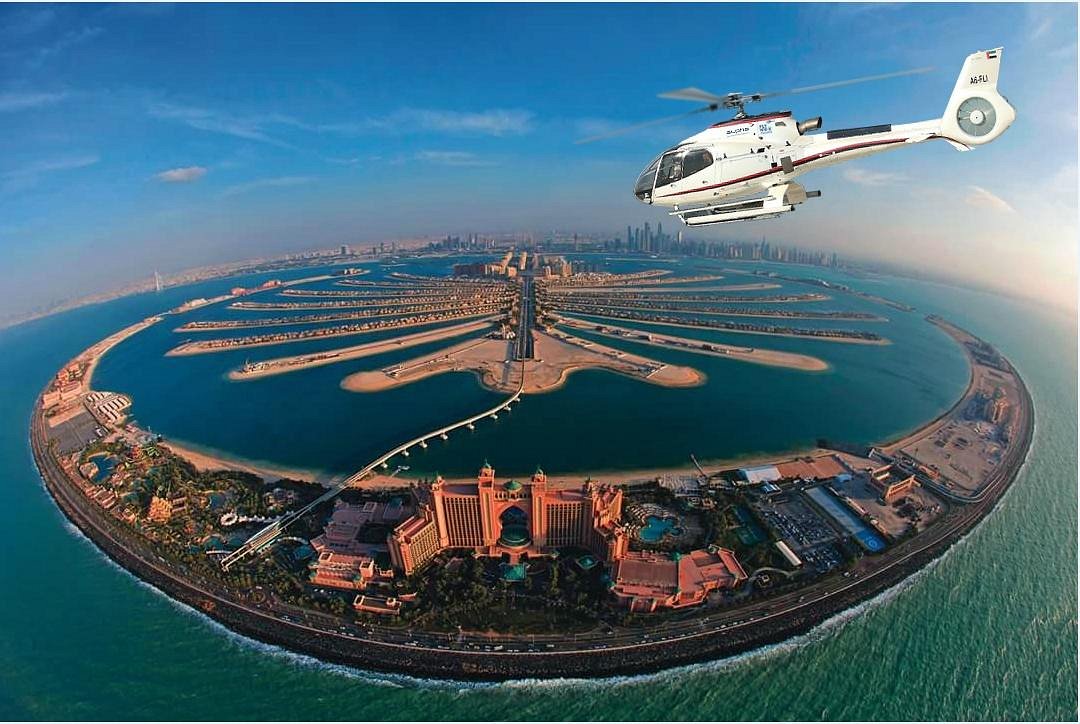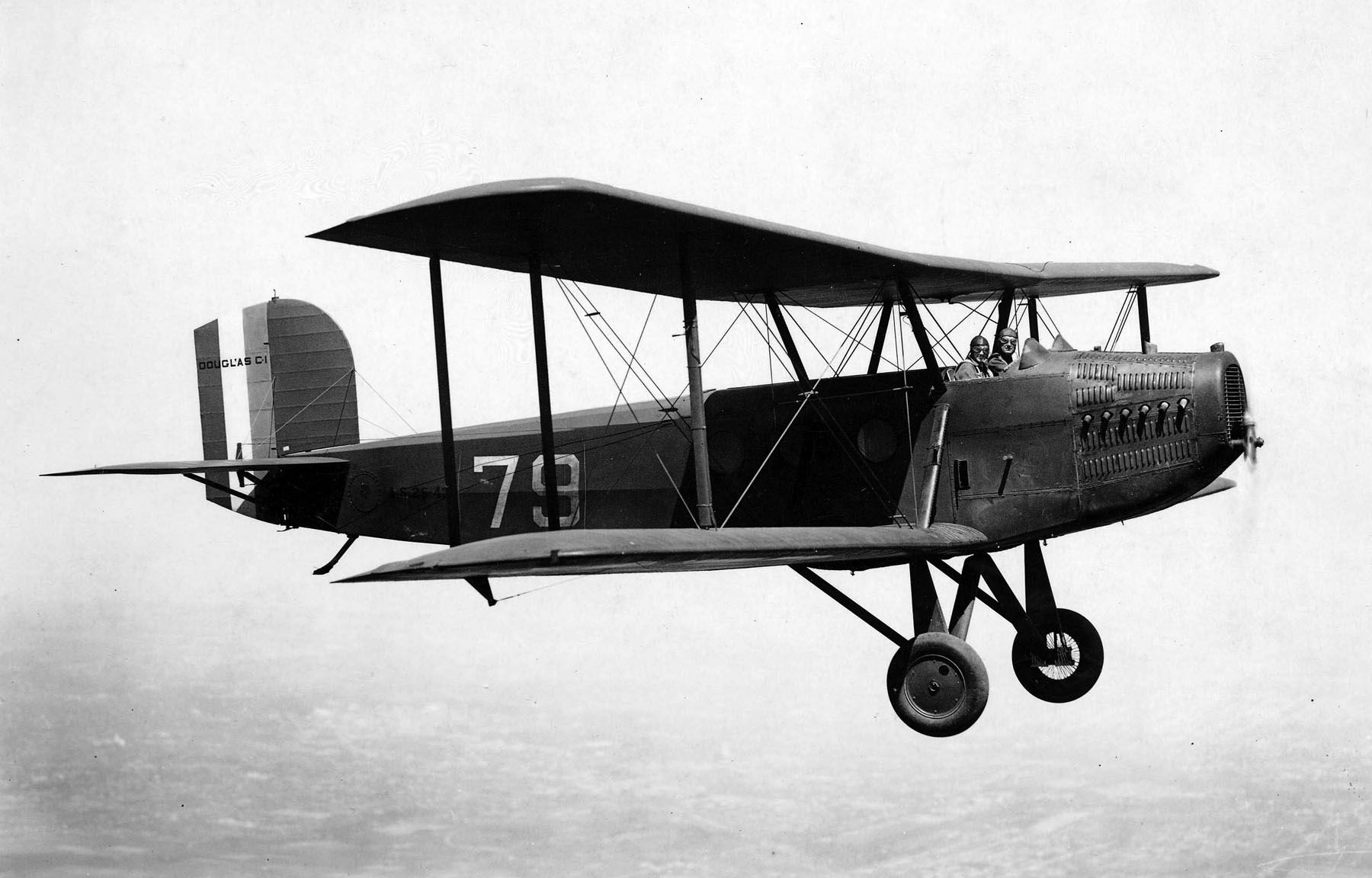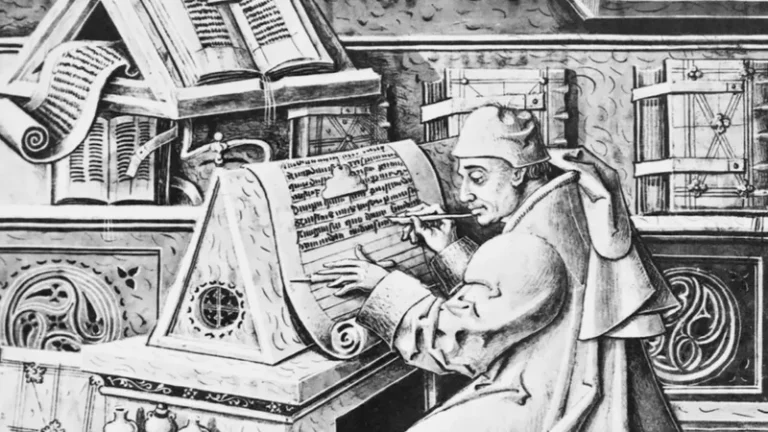Delve into the captivating world of aviation and embark on an enthralling journey through time. “Taking Flight: A Journey Through the Fascinating History of Aviation” is set to offer an engaging exploration into the intricate chronicles of human flight. This tour will not only feed your curiosity but will fuel your imagination, as it delves into the roots of mankind’s ceaseless pursuit of the sky. 🛩️✈️
The fascinating journey starts by tracing the early attempts of flight. From the mythical tales of Icarus, to the advent of kites and balloons in the East, and up to the pioneering designs of Leonardo da Vinci during the Renaissance. This engaging narrative uncovers how humans first began to understand and dream of conquering the seemingly impossible feat of flight.
In the next chapter, we’ll journey through the monumental advancements of the 19th and 20th centuries. From the legendary Wright Brothers’ first controlled, powered and sustained heavier-than-air human flight, to the rapid advancements in technology that led to the proliferation of commercial air travel.
We then take a giant leap, both in time and technology, and explore the era of supersonic and hypersonic flight, and the dawn of the space age. This captivating account not only reveals the technological marvels that made these leaps possible, but also the remarkable individuals who dared to dream and make them a reality.
Finally, the narrative soars into the future, contemplating the next frontiers in aviation. From electric aircrafts and autonomous drones, to space tourism and Mars colonization, we’ll ponder on the possibilities that could further revolutionize the world of flight. “Taking Flight: A Journey Through the Fascinating History of Aviation” is more than a history lesson; it’s an invitation to dream and to wonder at the marvels of human ingenuity and perseverance. Buckle up, and prepare for takeoff! 🚀✈️🌍

The Early Beginnings
Humans have been fascinated with the concept of flight for centuries, dreaming of soaring through the skies like birds. Legends, myths, and early sketches of flying machines have long captured our collective imagination, but the concept of aviation did not truly take form until the late 19th and early 20th centuries. It was during this period that significant scientific inquiry and technological experimentation paved the way for practical, controlled flight.
While ancient inventors and dreamers—such as those depicted in the myth of Icarus or in early Chinese experiments with kites—laid the cultural groundwork for flight, it was the modern era that saw the convergence of critical scientific advancements. It was a time when the study of aerodynamics, mechanics, and materials science began to provide the tools necessary to transform a fanciful idea into a tangible reality.
The first documented breakthrough in powered flight is credited to the Wright Brothers, Orville and Wilbur, who, after years of diligent experimentation and refinement, achieved a milestone in 1903. Their aircraft, the Wright Flyer, was a biplane constructed with a wooden frame and covered with fabric. On December 17, 1903, at Kitty Hawk, North Carolina, the Wright Flyer made its historic flight. Although the first flight lasted only 12 seconds and covered a distance of 120 feet, it demonstrated that controlled, powered flight was possible—a monumental achievement that would forever change human transportation.
The journey to this success was not a sudden epiphany but rather the culmination of extensive research and iterative experimentation. The Wright Brothers meticulously studied earlier glider experiments and applied lessons learned from failed attempts. They paid particular attention to the challenges of balancing and stabilizing an aircraft in flight. Realizing that uncontrolled movements could easily lead to catastrophic failure, they developed innovative control mechanisms to steer and stabilize the Flyer. This led to their creation of a three-axis control system, which allowed them to manage the aircraft’s pitch (up and down movement), roll (sideways movement), and yaw (left and right movement). This breakthrough in control was critical not only for achieving sustained flight but also for laying the foundation for modern aviation, as the three-axis control system remains an integral component in the design of contemporary aircraft.
In addition to control, the Wright Brothers invested significant effort in understanding the forces of lift and drag. They conducted experiments in wind tunnels, which were relatively novel at the time, to test different wing shapes and configurations. Through these tests, they discovered how subtle changes in wing design could dramatically influence an aircraft’s ability to generate lift. Their careful calculations and practical trials contributed to the development of more efficient airfoils and improved aerodynamic stability.
The early successes of the Wright Flyer sparked global interest in powered flight, inspiring a wave of innovation among inventors and engineers worldwide. While the Wright Brothers’ achievement is widely celebrated as the birth of modern aviation, it is important to note that they were part of a broader tapestry of experimentation. Innovators in Europe and America continued to build on their pioneering work, refining engine technology, materials, and design principles that would eventually lead to the rapid evolution of aircraft in the decades that followed.
The early beginnings of aviation are a testament to human ingenuity and perseverance. They remind us that what was once considered an impossible dream can become reality through careful study, relentless experimentation, and the courage to take risks. The legacy of these early pioneers not only paved the way for the explosive growth of the aviation industry but also continues to inspire new generations of engineers, inventors, and dreamers eager to push the boundaries of what is possible.
The Advent of Jet Engines
Following the breakthrough of the Wright Brothers, technological advancements in aviation progressed at a rapid pace. The invention of the jet engine in the 1930s revolutionized air travel and marked a turning point in the industry. Sir Frank Whittle, a pioneering British engineer, is credited with developing the turbojet engine, a breakthrough that transformed aircraft performance. Jet engines were significantly more powerful and efficient than their piston-engine predecessors, allowing planes to achieve higher speeds and reach greater altitudes. This innovation not only redefined commercial and military aviation but also laid the foundation for the modern era of air travel indeed.
The Golden Age of Aviation
The period between the end of World War I and the start of World War II is often referred to as the Golden Age of Aviation, a time when air travel transitioned from a daring novelty to an accessible mode of transportation. This era witnessed not only significant advancements in aircraft technology but also the birth of commercial air travel that would forever change the way people connected across continents.

In the aftermath of World War I, surplus military aircraft and the experience gained in aerial combat spurred interest in developing reliable and efficient civil aircraft. As nations began to embrace the possibilities of aviation, the market for passenger travel expanded rapidly. Airlines emerged, connecting major cities and offering schedules that made long-distance travel more predictable and accessible to the public. The rise of air travel during this period symbolized a new era of modernity, where speed and efficiency became the hallmarks of progress.
A pivotal example of the innovation during this time was the Douglas DC-3, which first flew in 1935. The DC-3 quickly earned its reputation as one of the most reliable and efficient airliners of its day. Its robust design, combined with a comfortable cabin and economical operation, made it extremely popular among airlines and passengers alike. The success of the DC-3 was not only a testament to its engineering excellence but also a key factor in cementing the viability of commercial air travel. It demonstrated that air travel could be both profitable for airlines and appealing to the general public, setting a standard for future aircraft designs.
During the Golden Age, aviation also became a canvas for national pride and technological competition. Countries invested heavily in developing state-of-the-art aircraft, and air shows became popular events that showcased the latest in aviation technology. These exhibitions not only captivated the public’s imagination but also spurred further innovation and international collaboration. Advances in navigation, aerodynamics, and engine technology during this time laid the groundwork for modern aviation systems, influencing aircraft design for decades to come.
In essence, the Golden Age of Aviation was a transformative period that revolutionized travel and communication. It turned the once extraordinary feat of flight into a routine experience and played a crucial role in connecting the world. The legacy of this era continues to inspire modern aviation, reminding us of a time when the skies were open to boundless possibilities and dreams took flight.
World War II and Its Impact on Aviation
World War II had a significant impact on aviation. The need for efficient and reliable aircraft for military purposes led to technological advancements in areas such as radar, navigation systems, and jet propulsion. The Boeing B-29 Superfortress, a long-range heavy bomber, and the P-51 Mustang, a single-seat fighter, are notable aircraft from this period.
The Jet Age
Post-World War II, the world entered the Jet Age. This era was marked by the development of commercial jet aircraft, beginning with the de Havilland Comet in 1952. This was the world’s first jet airliner, and it revolutionized air travel by providing faster, smoother, and more comfortable flights.

Supersonic Travel
The advent of supersonic travel marked another significant milestone in aviation history. The Concorde, a joint venture between Britain and France, was the first commercial supersonic transport (SST). It made its inaugural flight in 1969 and started commercial service in 1976. The Concorde could fly at over twice the speed of sound, drastically reducing travel times.
Modern Aviation
In the modern era, aviation has become a vital part of global transportation and commerce. The industry has seen the development of wide-body airliners, such as the Boeing 747 and the Airbus A380, capable of carrying hundreds of passengers over long distances.
The Future of Aviation
Looking to the future, the aviation industry continues to innovate. Concepts such as electric and hybrid-electric propulsion, autonomous aircraft, and even space tourism are being actively researched and developed. The quest for more sustainable and efficient forms of air travel is driving the industry towards new horizons.
- Wright Brothers: Made the first successful powered flight in 1903.
- Sir Frank Whittle: Developed the turbojet engine in the 1930s.
- Douglas DC-3: The most popular airliner of the Golden Age of Aviation.
- de Havilland Comet: The world’s first jet airliner, flown in 1952.
- Concorde: The first commercial supersonic transport, which started service in 1976.
- Boeing 747 and Airbus A380: Wide-body airliners capable of carrying hundreds of passengers over long distances.
In the history of aviation, each era has brought its own innovations and challenges. From the Wright Brothers’ first flight to the advent of supersonic travel and the prospect of space tourism, the journey of aviation is a testament to human ingenuity and the relentless pursuit of progress.
Conclusão
In summary, “Taking Flight: A Journey Through the Fascinating History of Aviation” provides an enlightening expedition into the evolution of aviation. It captures the courage and tenacity of pioneers who defied gravity, transforming the dream of flight into reality. From the Wright brothers’ first powered flight to the advent of supersonic jets, every milestone is expertly explored. It’s an engaging read for any aviation enthusiast, offering a comprehensive insight into the technological breakthroughs that have shaped aviation. Moreover, it emphasizes the pivotal role of aviation in connecting the world, fuelling globalization, and fostering economic growth. Indeed, it’s a testament to mankind’s relentless quest for progress and innovation. The journey is far from over, as the future of aviation promises further exciting developments, such as autonomous aircraft and space tourism. This chronicle serves as a reminder of how far we’ve come, and a glimpse into the thrilling possibilities that lie ahead. Regardless of whether you’re a history buff, tech aficionado, or just a curious reader, “Taking Flight” is a riveting, educational, and enjoyable flight through aviation history. In summary, “Taking Flight” is an inspiring exploration of aviation’s evolution—from the Wright Brothers’ first flight to supersonic jets. It celebrates human ingenuity, connects us globally, and offers a glimpse into a future of autonomous aircraft and space tourism, reminding us that our journey in the skies is just beginning.



